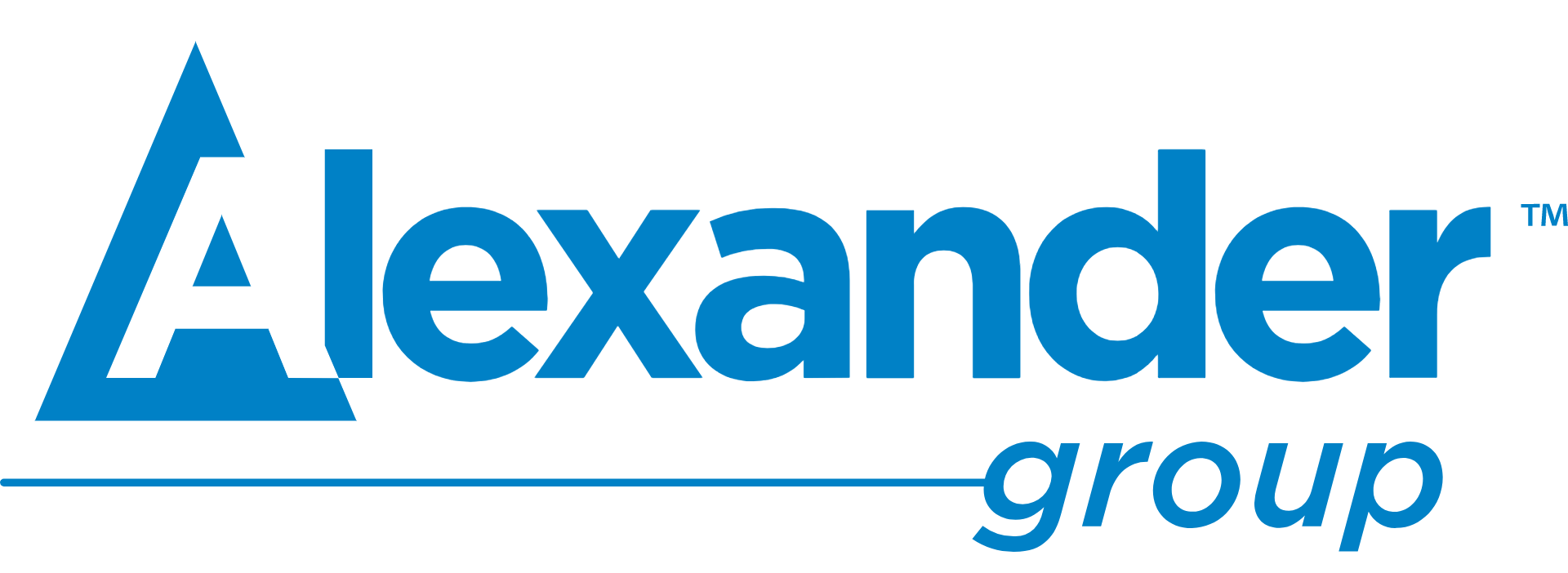Pillar 4: Channel Coverage
WHAT IS CHANNEL COVERAGE?
Channel coverage defines the go-to-customer strategy of the revenue team. The coverage model specifies revenue accountabilities for each revenue segment. Effectiveness and cost play a role in determining which resources will cover which segments.
In some instances, direct sales channels will serve some customers best, while indirect channels will serve other customers better. The choices multiply when considering a web channel, telephone channel and independent agents.
WHY IS IT IMPORTANT?
Direct and indirect are the two major channel choices. Solution makers using direct channels use their own sellers to secure orders from end users. Solution makers use indirect revenue channels that use partners to sell to end users. Some companies use both channel methods. As we will learn, provisioning direct and indirect channels requires unique, revenue-segment specific customer contact solutions—the total customer experience. As companies grow, new channels could help reach markets beyond traditional channels.
CHANNEL COVERAGE TOOLS (see Chapter 7)
Tool #1: Channel Preference Research
Tool #2: Channel Attributes Scoring
Tool #3: ROI Assessment
Tool #4: Disruption Exposure

